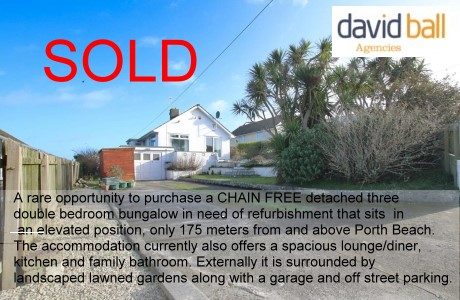There are three types of radioactive emissions:
- Alpha - the least penetrating form of radiation, can be stopped with a piece of paper or a few inches of air. Alpha rays are the nucleus of a helium atom, and are produced by certain radiactive materials such as thorium and uranium.
- Beta rays are more penetrating than alpha rays, and can be stopped by a few millimeters of aluminum or other metals. They are very fast moving electrons.
- Gamma rays are the most penetrating form of radiation. Depending on their energy, they can travel through up to several inches of steel, and hundreds of feet of air. They are usually produced in conjunction with either alpha or beta rays.
A geiger counter works by detecting the ionization produced by a radioactive particle. Each time a particle of radiation is detected, the counter records this event. The number of events recorded over a period of time indicates the amount of radiation present. Often this is done over one minute intervals, resulting in the familiar "counts per minute" or CPM. The higher the CPM, the higher the radiation levels.
- You can read a more in depth description of how a geiger counter works here at wikipedia.
- More information on Gamma rays can be found here on wikipedia.
Background radiation can be emitted from a number of sources. There is man made such as nuclear weapons testing and waste from nuclear power generation. Natural background radiation such as Radon gas is found in geological formations such as granite and permeates the ground emitting alpha particles which in some area's of the Southwest, like Cornwall and Scotland are a major concern. Radon is colourless, odourless and is present because of the decay of naturally occurring uranium in the earth.
| Comparative radiation doses and their effects - Source: World Nuclear Association | |
| 2 mSv/yr | Typical background radiation experienced by everyone (average 1.5 mSv in Australia, 3 mSv in North America). |
|---|---|
| 1.5 to 2.0 mSv/yr | Average dose to Australian uranium miners, above background and medical. |
| 2.4 mSv/yr | Average dose to US nuclear industry employees. |
| Up to 5 mSv/yr | Typical incremental dose for aircrew in middle latitudes. |
| 9 mSv/yr | Exposure by airline crew flying the New York to Tokyo polar route. |
| 10 mSv/yr | Maximum actual dose to Australian uranium miners. |
| 20 mSv/yr | Current limit (averaged) for nuclear industry employees and uranium miners. |
| 50 mSv/yr | Former routine limit for nuclear industry employees. It is also the dose rate which arises from natural background levels in several places in Iran, India and Europe. |
| 100 mSv/yr | Lowest level at which any increase in cancer is clearly evident. Above this, the probability of cancer occurrence (rather than the severity) increases with dose. |
| 350 mSv/lifetime | Criterion for relocating people after Chernobyl accident. |
| 1,000 mSv cumulative | Would probably cause a fatal cancer many years later in 5 of every 100 persons exposed to it (i.e. if the normal incidence of fatal cancer were 25%, this dose would increase it to 30%). |
| 1,000 mSv single dose | Causes (temporary) radiation sickness such as nausea and decreased white blood cell count, but not death. Above this, severity of illness increases with dose. |
| 5,000 mSv single dose | Would kill about half those receiving it within a month. |
| 10,000 mSv single dose | Fatal within a few weeks. |








 Feed
Feed Scan with QR Code Reader
Scan with QR Code Reader mobi
mobi



